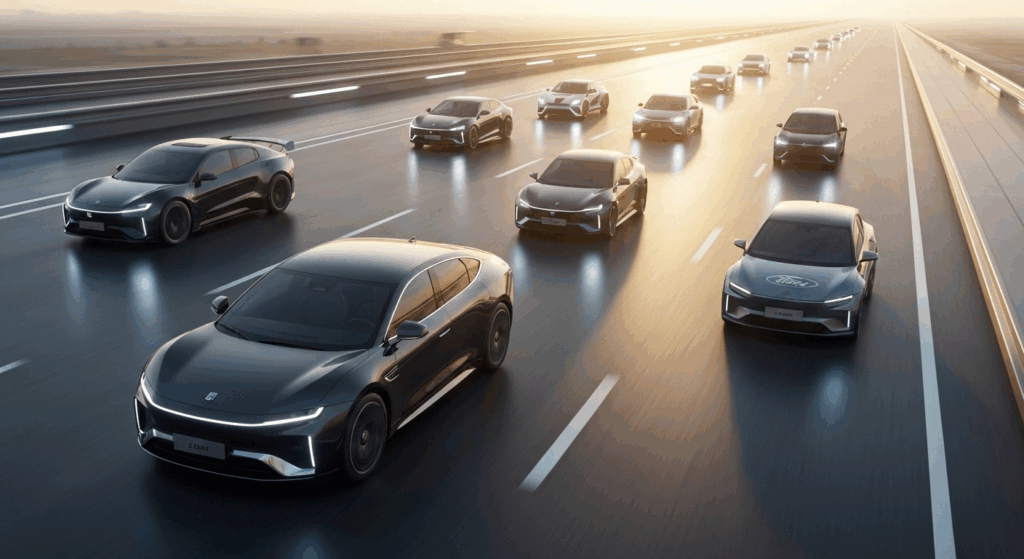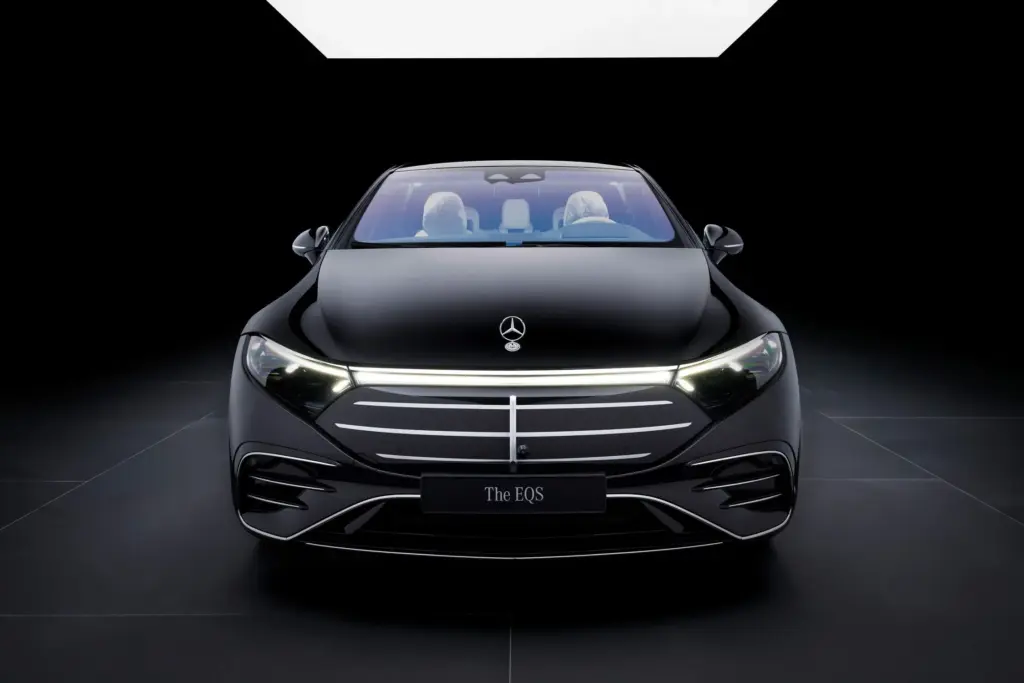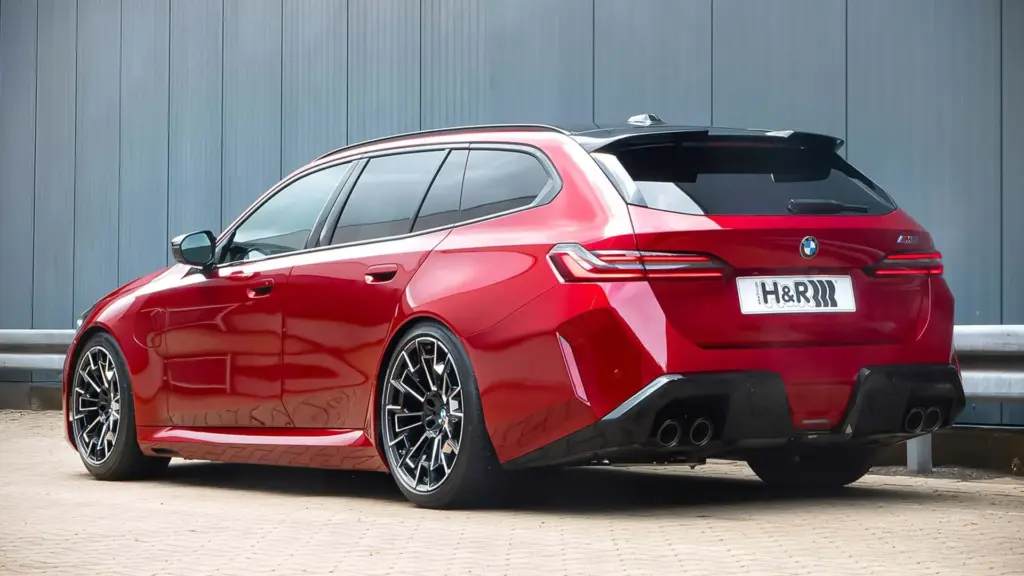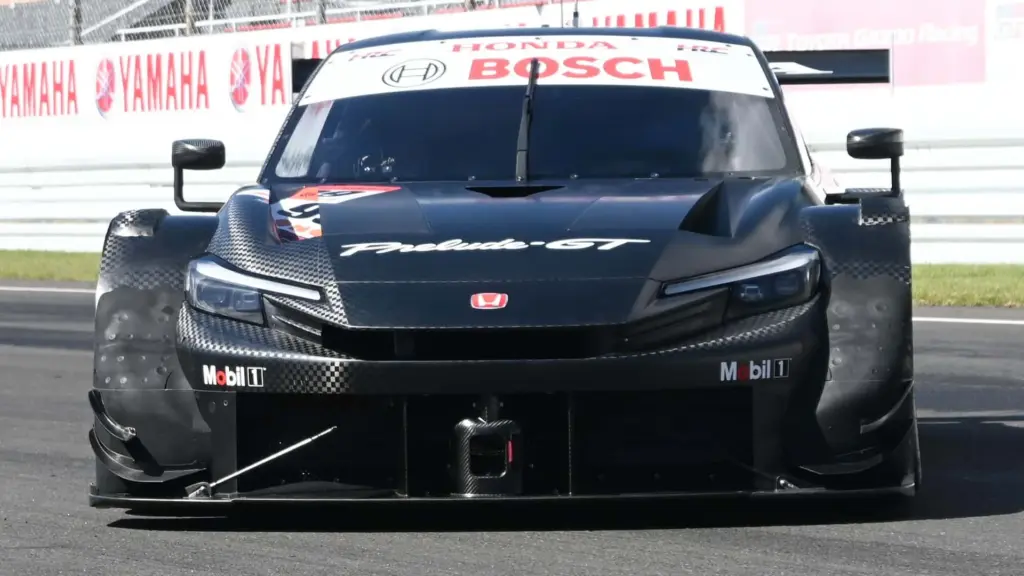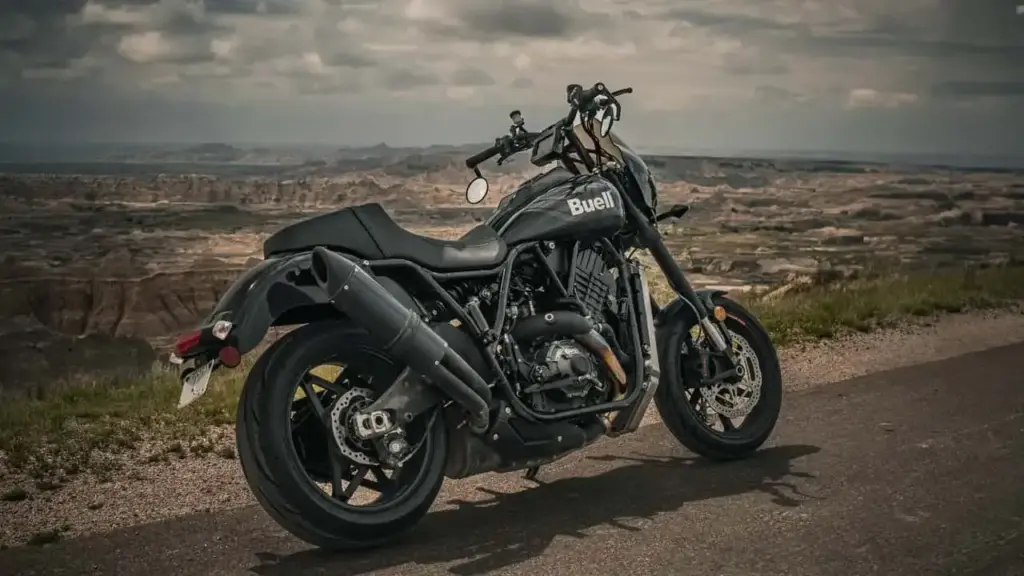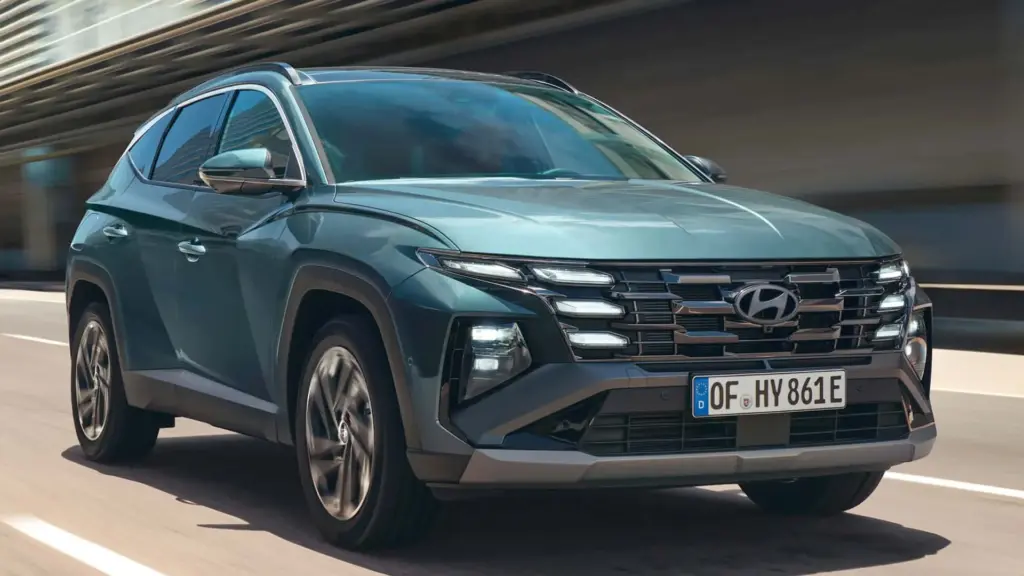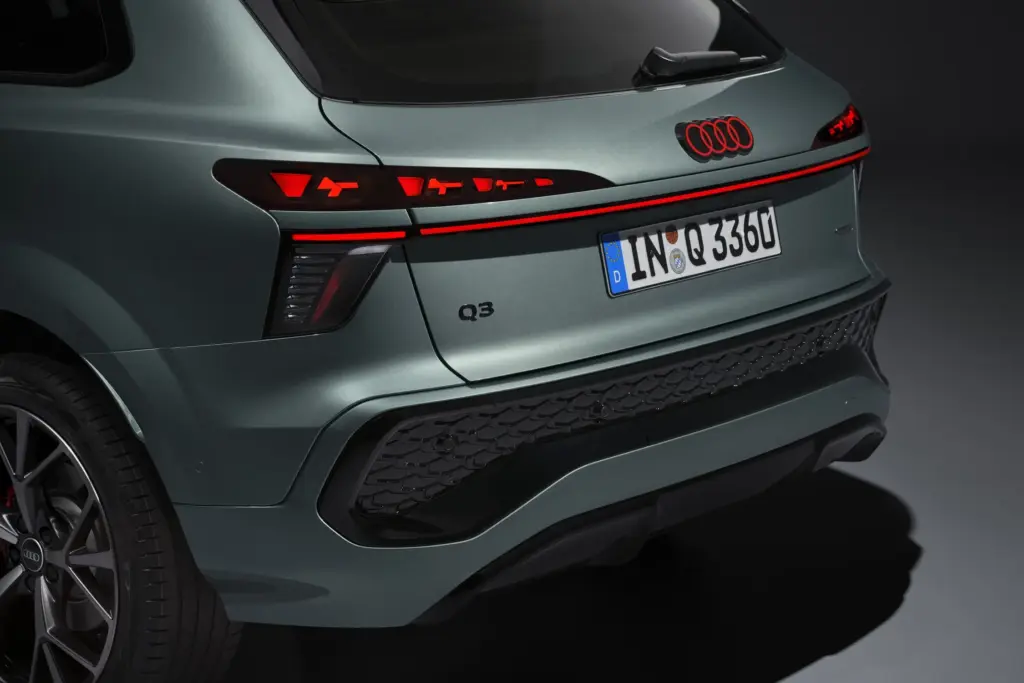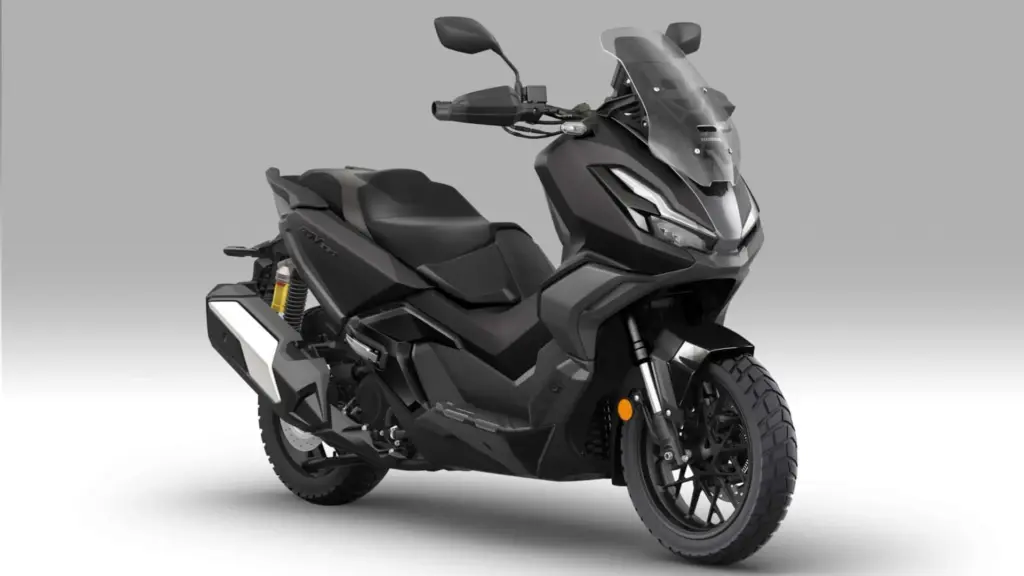The future of the Dodge Charger lineup took a significant turn with the recent report that the flagship electric model, the Charger Banshee EV, has been canceled by Stellantis. The news surprises brand fans and electric car enthusiasts, who were eagerly awaiting the arrival of an electric muscle car with cutting-edge technology.
What Was the Dodge Charger Daytona SRT Banshee EV?
The Dodge Charger Daytona SRT Banshee EV emerged as a concept in 2022 and promised to be the top of the electric Charger line, with brutal performance and an advanced 800-volt charging system. It was the unfolding of Stellantis’ strategy to insert the traditional Dodge brand into the electric vehicle market, combining the classic power of muscle cars with the technological innovation of EVs. The Banshee was designed to reverse purists’ resistance to abandoning V8 engines and to show what electrification could offer in power and performance.
Why Was the Charger Banshee Canceled?
According to , internal sources linked to suppliers indicate that Stellantis decided to cut investments in the electric Charger line to strengthen the traditional Hemi V8 engines. When questioned, the automaker issued a cautious statement, saying it is reviewing its product strategy to align with consumer demands, without directly denying the end of the Banshee:
“Stellantis continues to reassess its product strategy to align with consumer demand. Our plan ensures that we offer a range of vehicles with flexible powertrain options that best meet customer needs. With the great news that the sole SRT division is back, we are reviewing the plan for upcoming SRT vehicles.”
In practice, this indicates that the focus will return to combustion engines, especially the powerful announced versions, such as the 2026 Dodge Charger Sixpack Scat Pack powered by the Hurricane I6 engine.
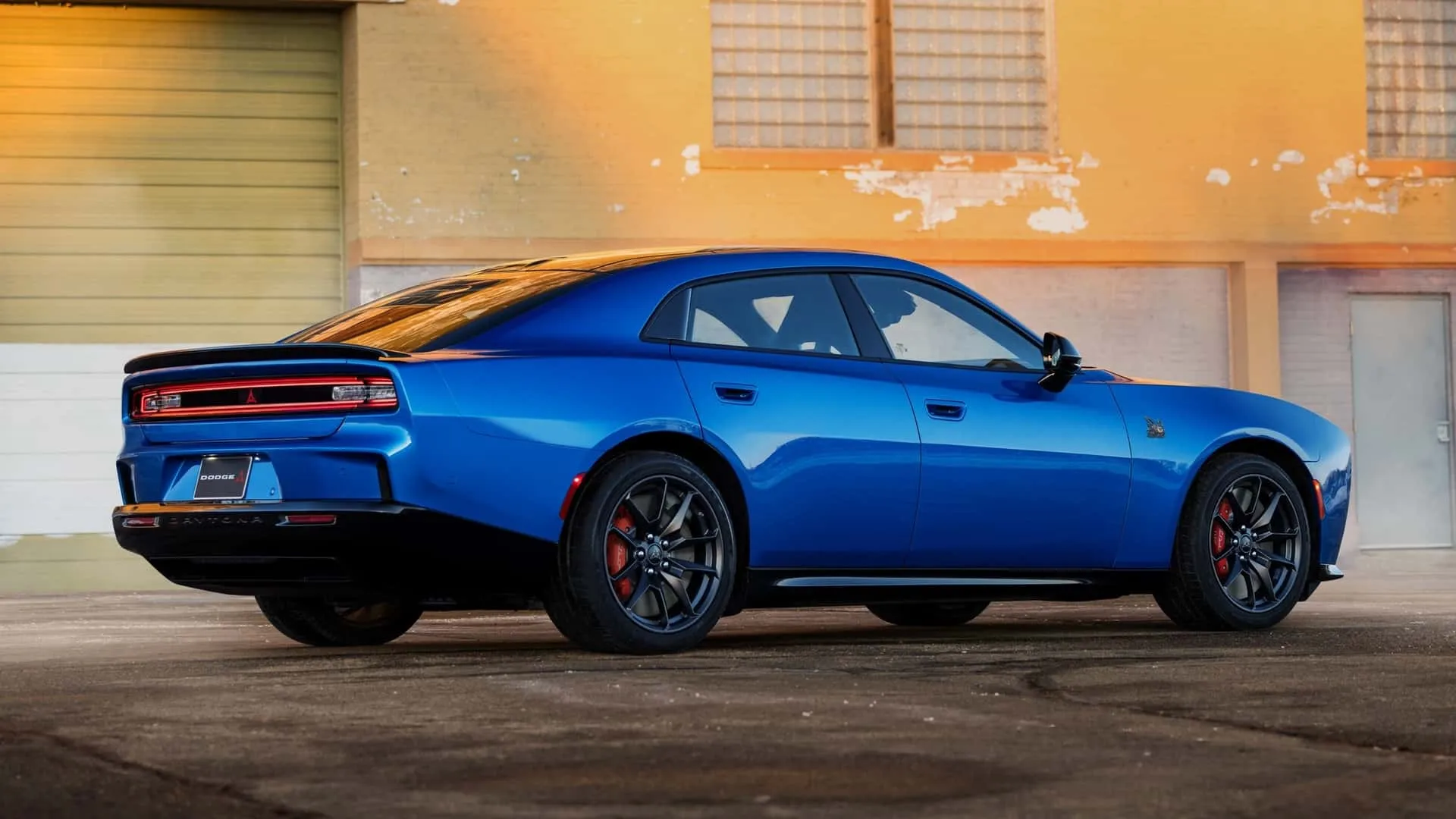
The Impact on the Dodge Charger Line and the Muscle Car Market
The cancellation of the Banshee happens at a delicate moment for all traditional manufacturers investing in electric cars. Stellantis’ decision signals a bet on combining combustion legacy and new technologies, but without abruptly abandoning the brand identity that captivates internal combustion enthusiasts. It is also a response to the audience that still values the sound and power of V8s, even amid accelerated electrification worldwide.
Furthermore, the end of the Banshee reinforces Dodge’s repositioning, which had already eliminated the more affordable electric Daytona R/T to maintain only the $74,000 Scat Pack, a model still essentially gasoline-powered. Consequently, hybrid or electric projects take a back seat, possibly to avoid alienating the brand’s traditional customer base. For market watchers, this situation opens space for debates about the viability of electric muscle cars in the current context.
What to Expect from Dodge Going Forward?
The SRT (Street and Racing Technology) division, returning with full strength, promises to transform Dodge’s strategy to offer high performance without abandoning the muscle car essence. Models like remain on the table for enthusiasts of something new but without the grandeur or price of the Banshee. Hybrid and combined power technologies may still arise in more intermediate versions, but the current focus is on the combustion engine.
Meanwhile, other brands are advancing in electrification and performance, like rival and Toyota with their sporty hybrids. Dodge, in turn, reinforces its traditional identity but also faces pressure to innovate.
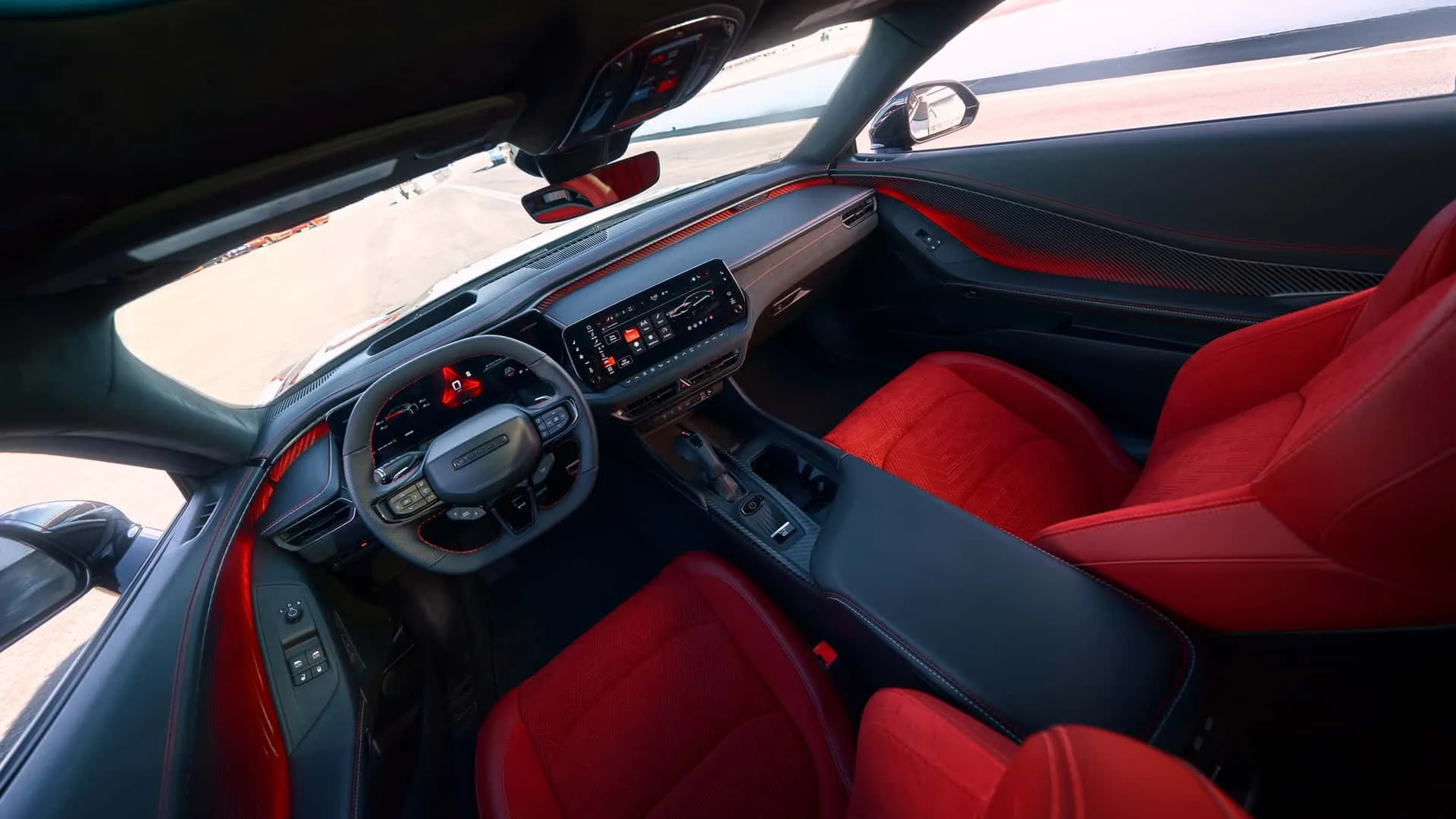
The end of the Charger Daytona SRT Banshee EV marks a very important chapter in Dodge’s and Stellantis’ history. The change points to valuing the legacy of V8 engines but does not eliminate the inevitable transition of vehicles to the electric future, which should advance cautiously and with respect to public expectations. Meanwhile, fans continue to follow news that combine power, style, and technology, trying to understand what the next generation of muscle cars will be like.
For those who wish to stay informed about automakers’ movements and the technologies changing the automotive market, we recommend reading about how and the different strategies adopted worldwide.
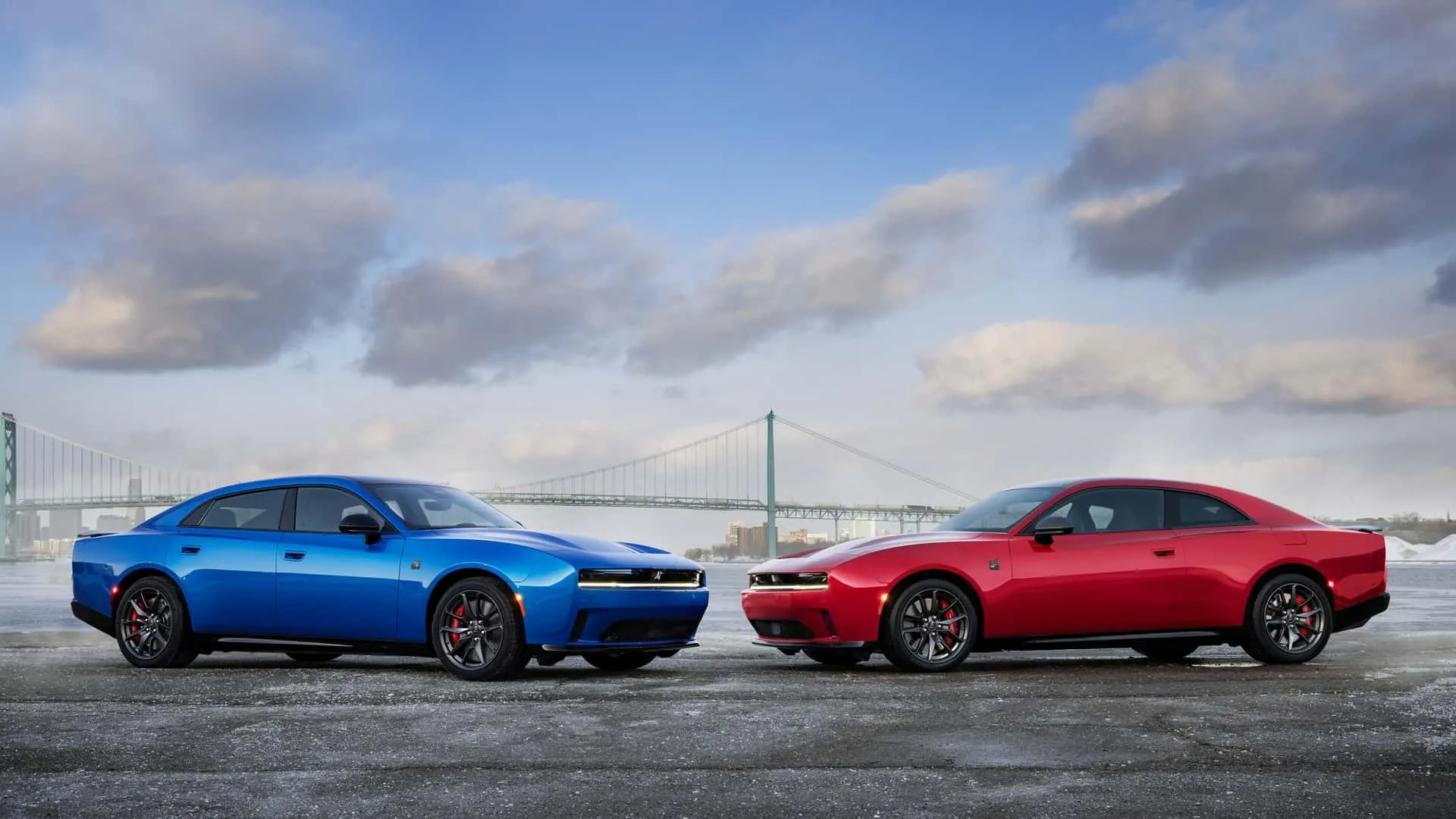
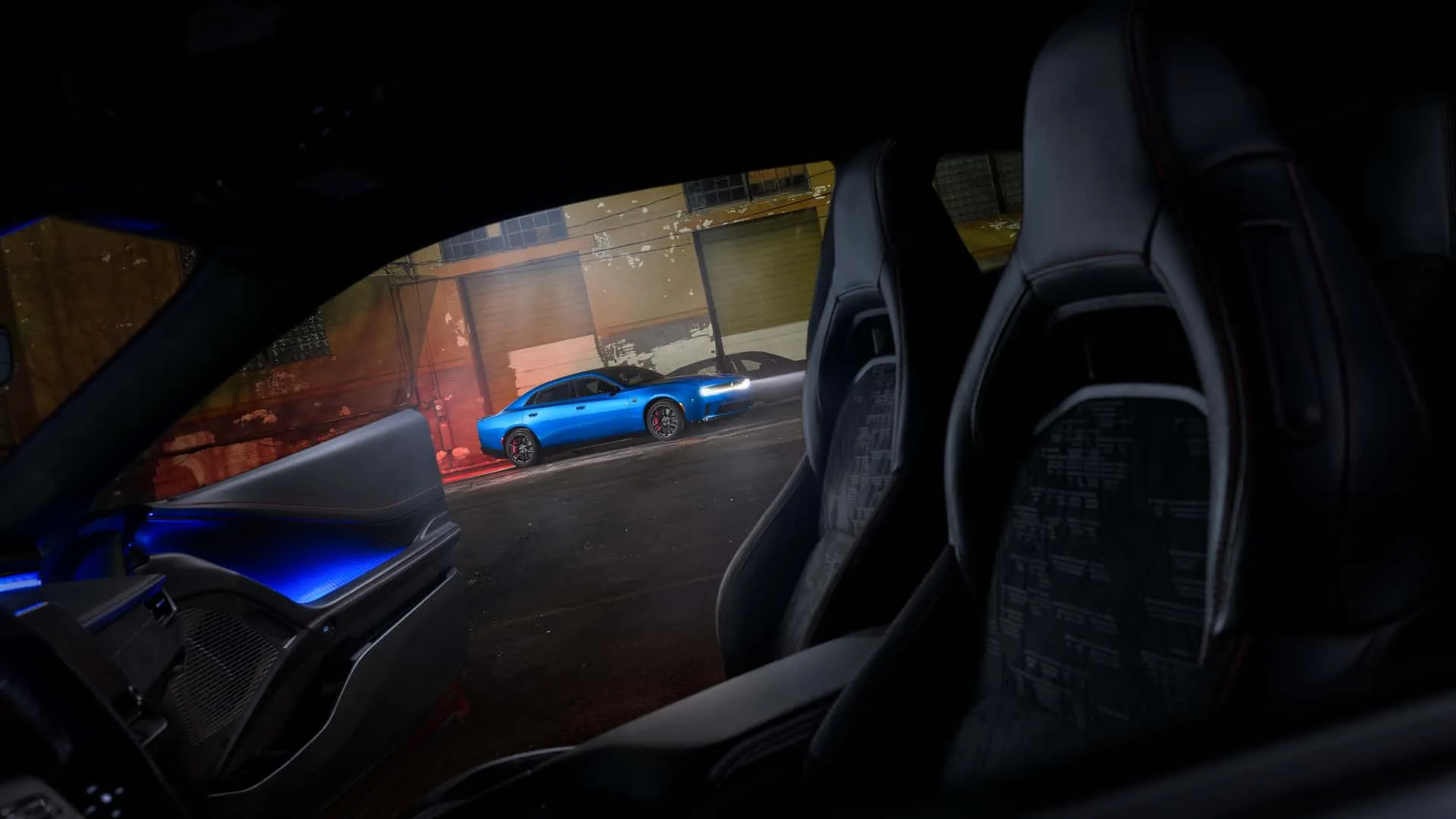
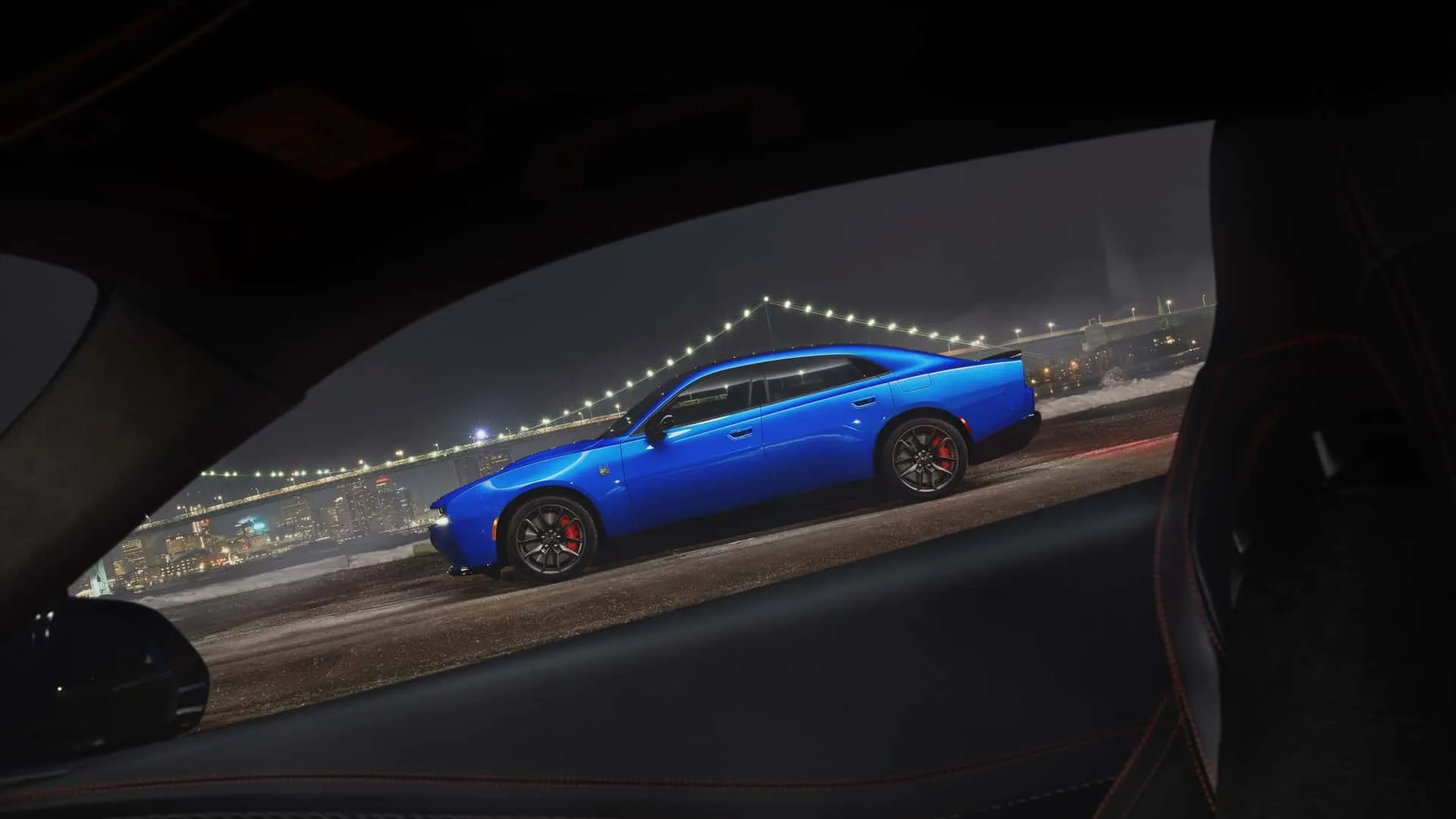
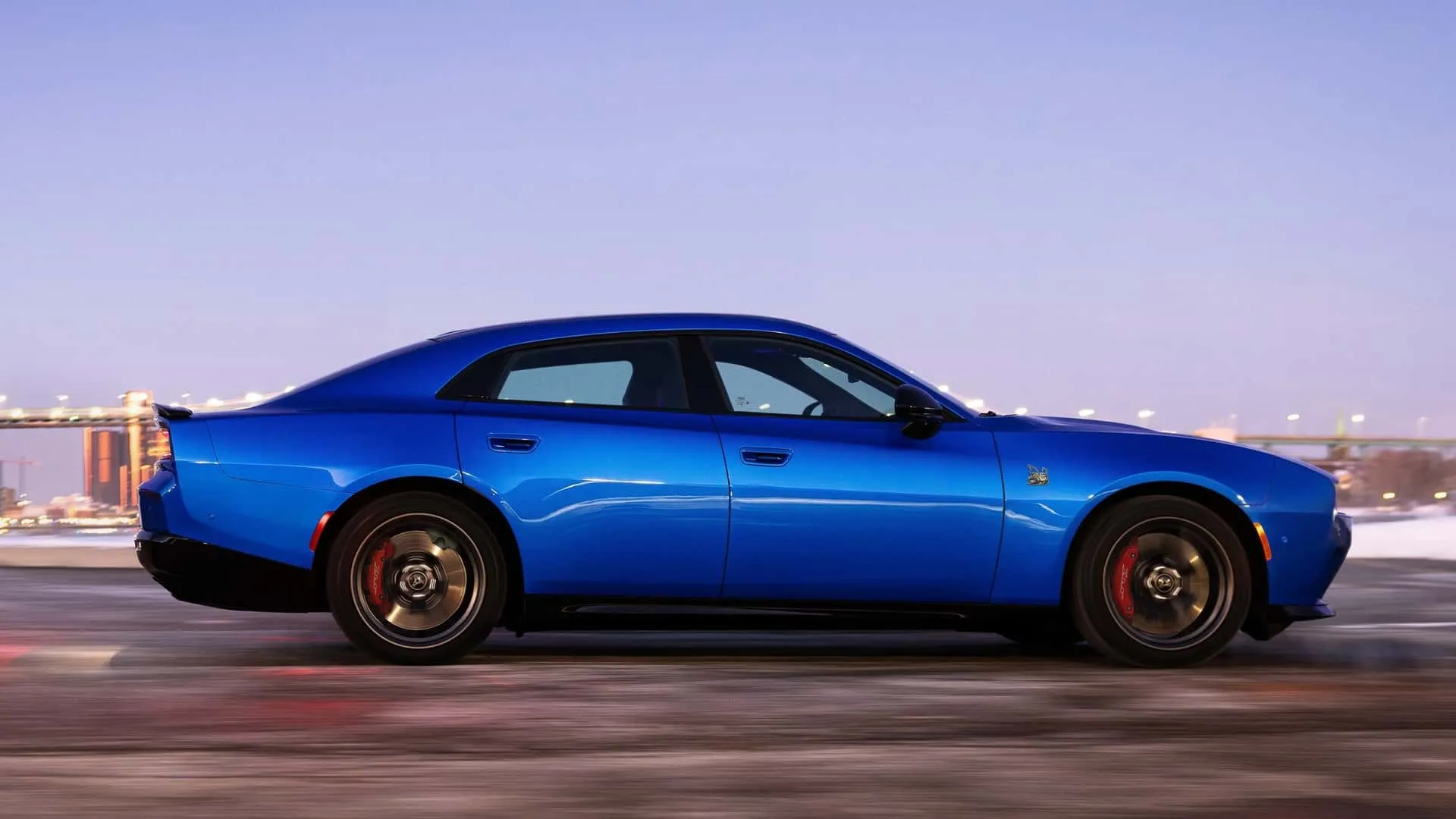
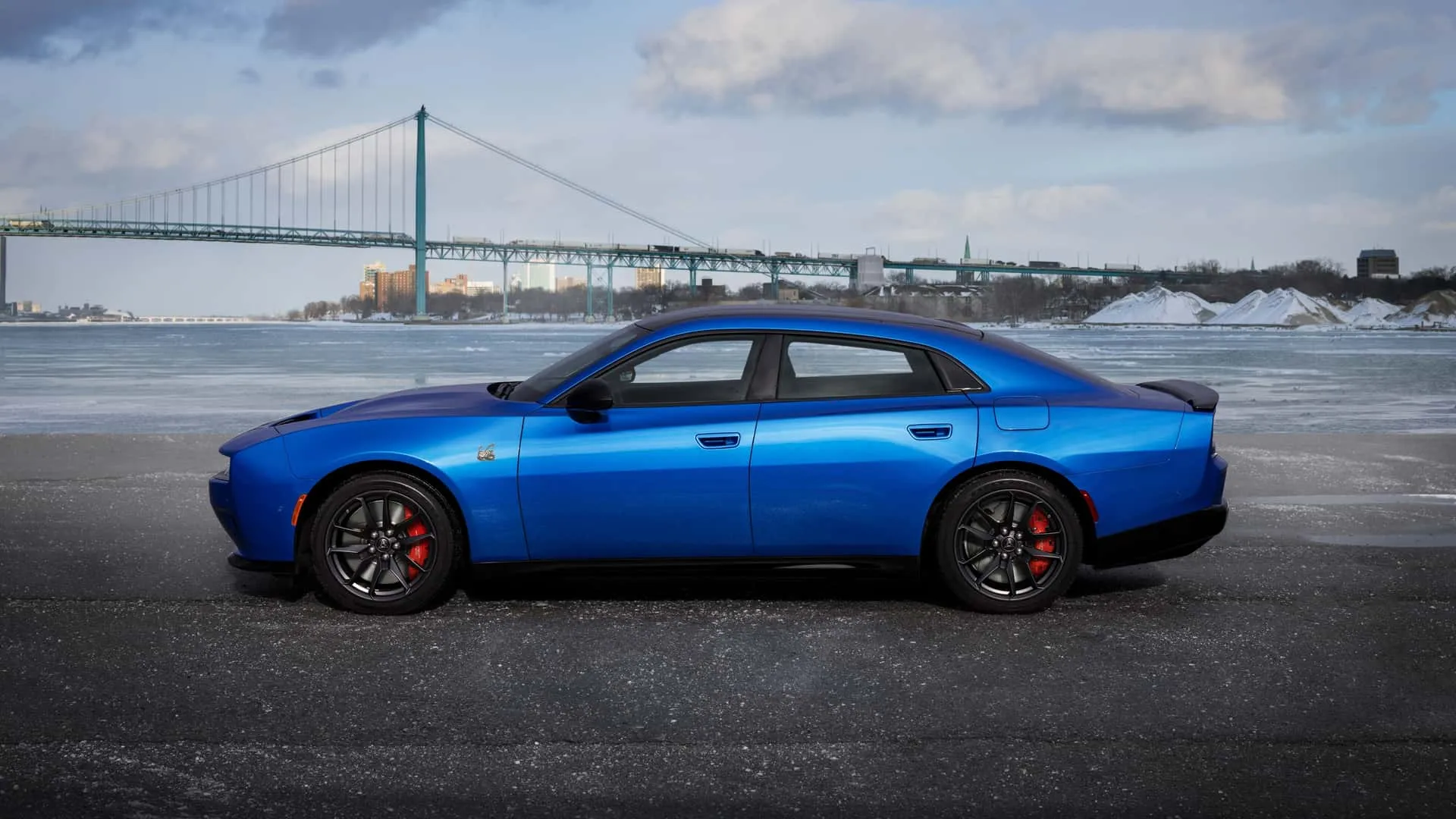
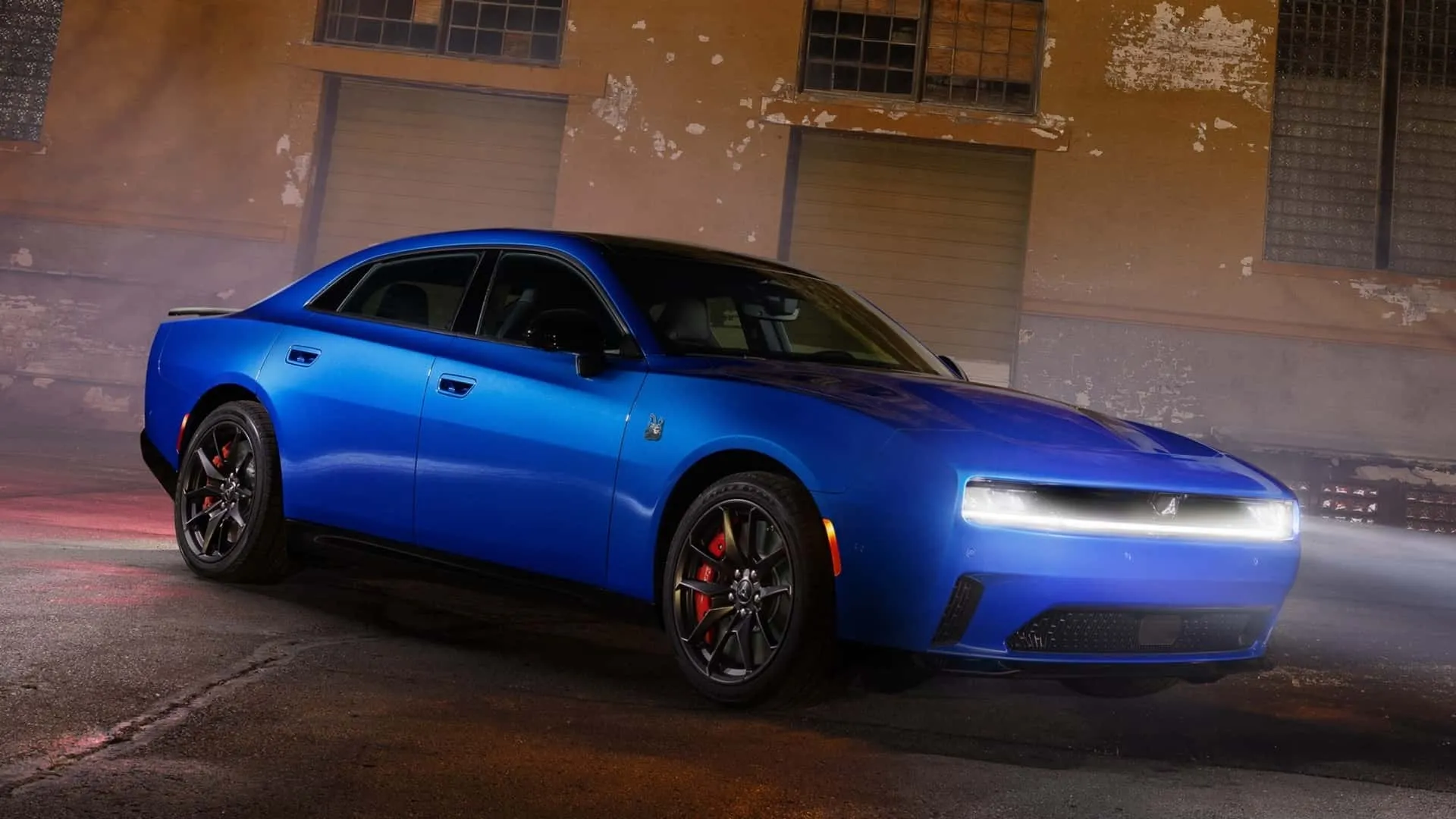
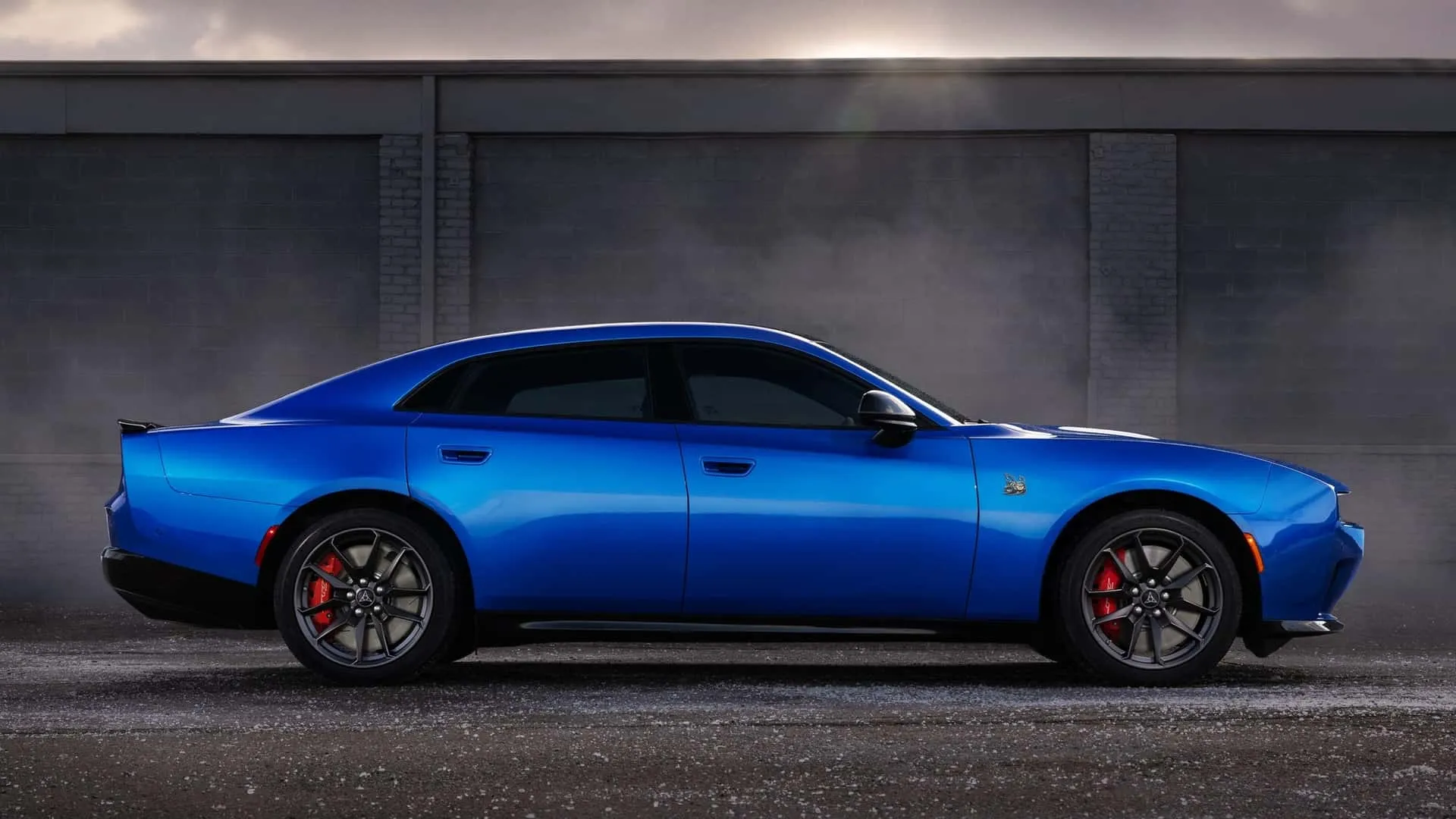

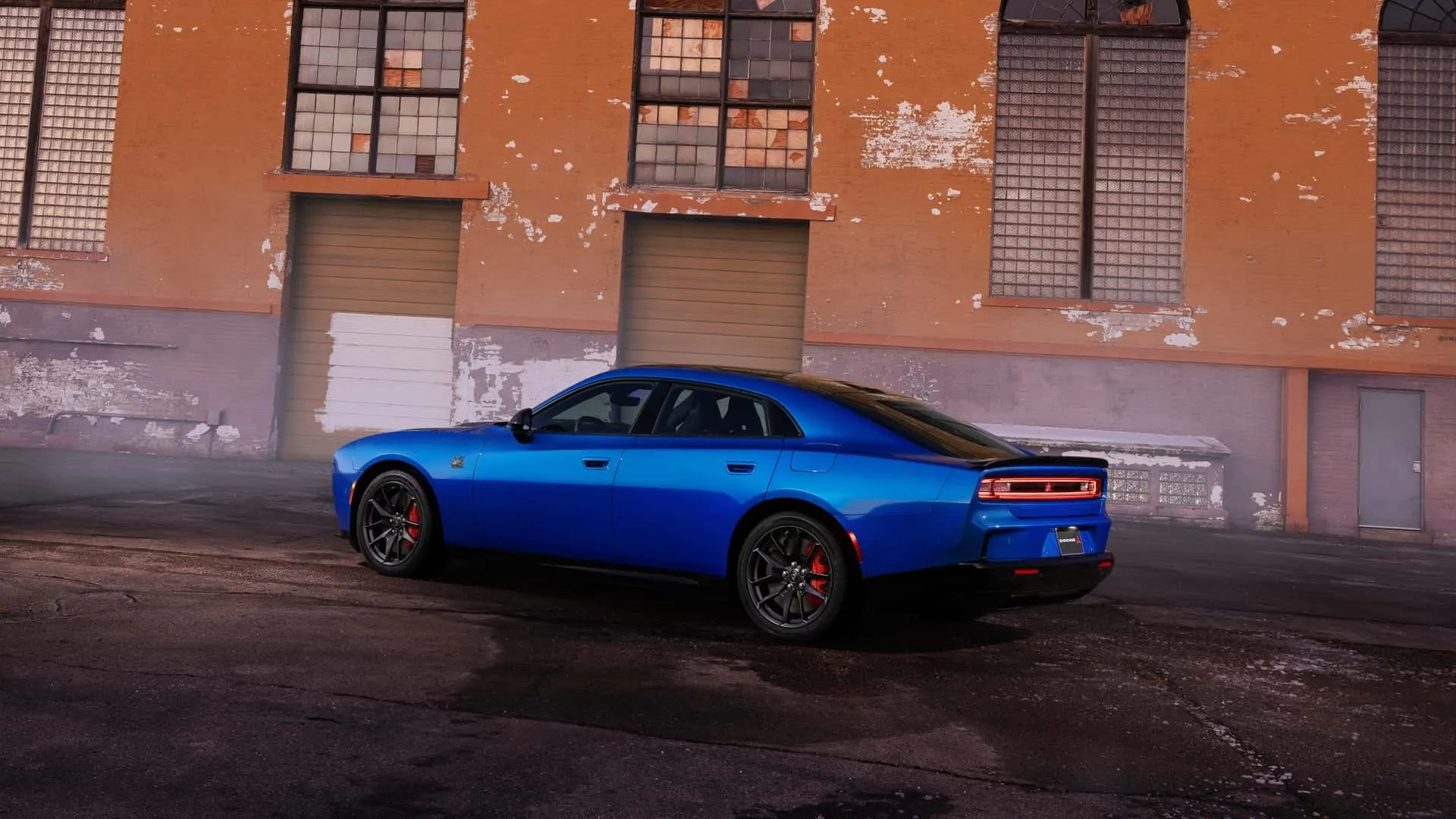
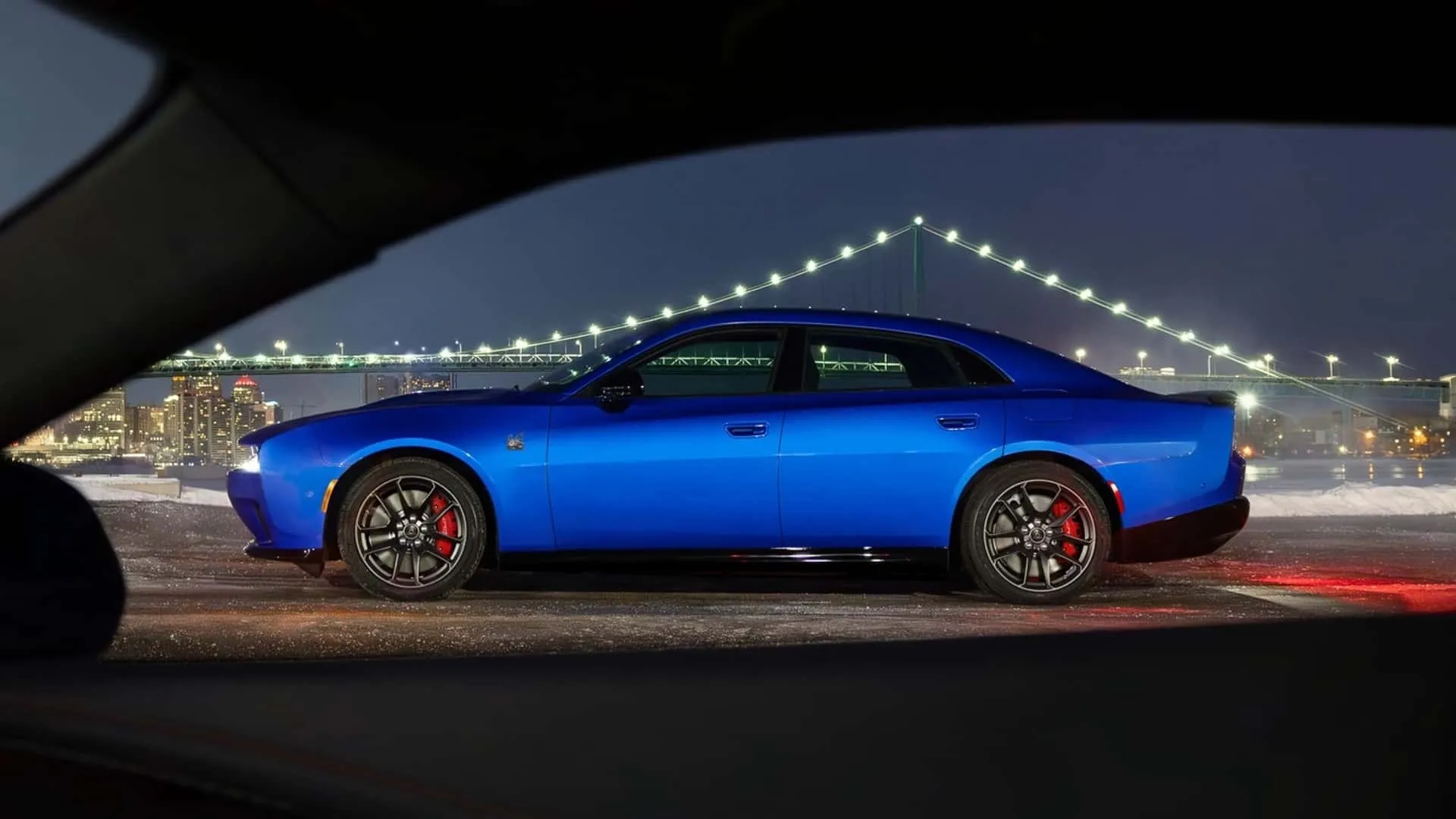
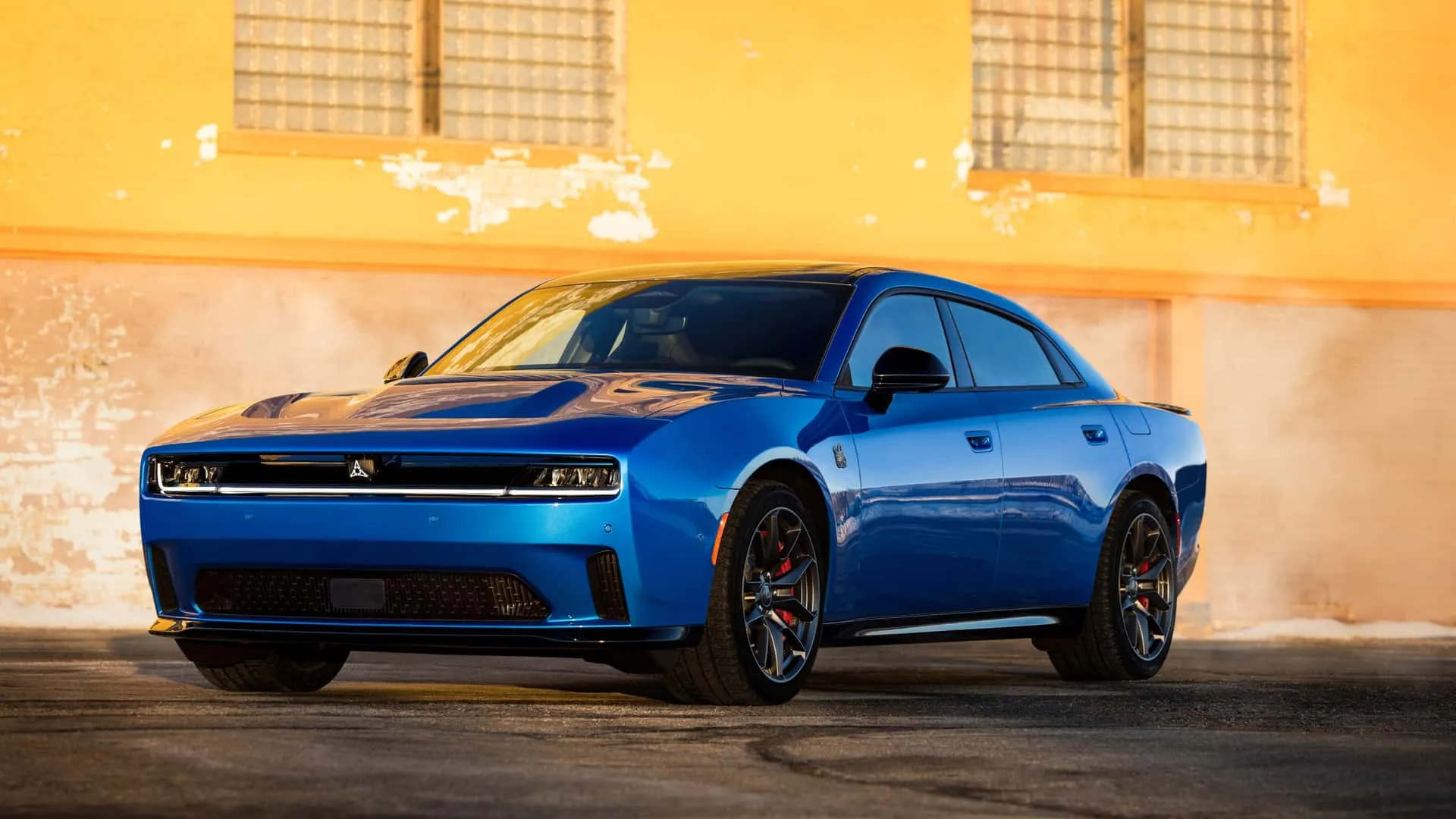
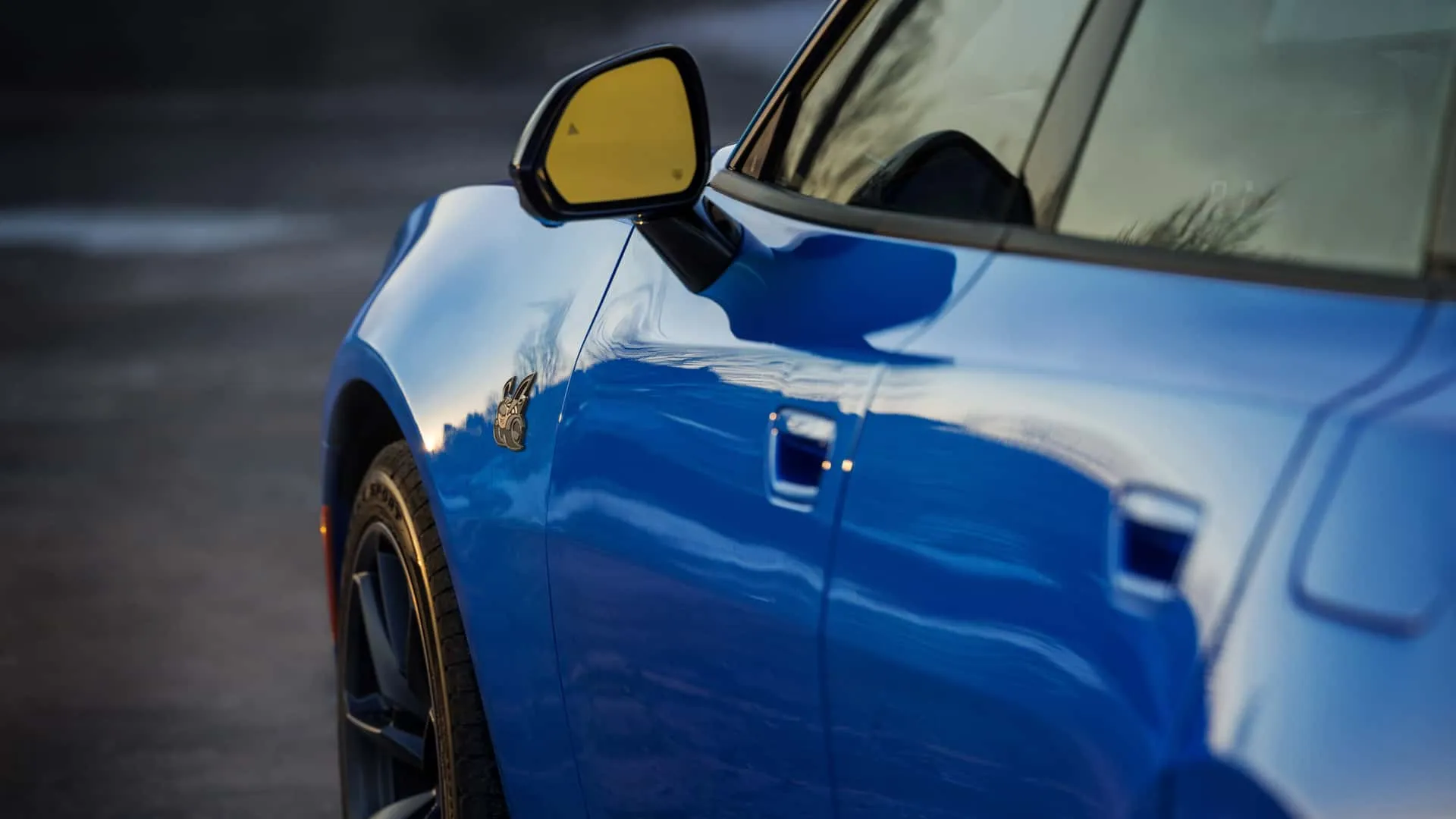
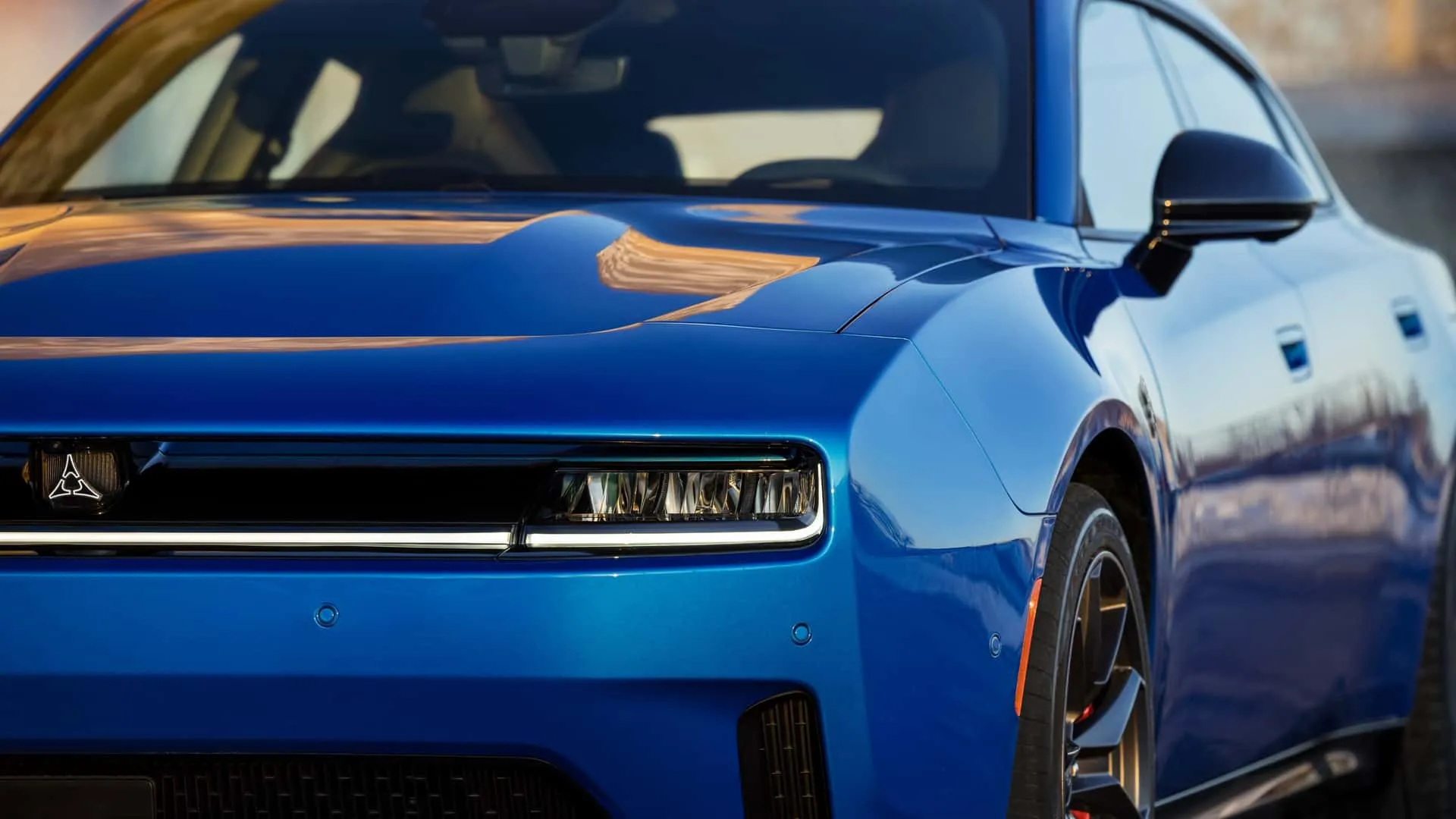

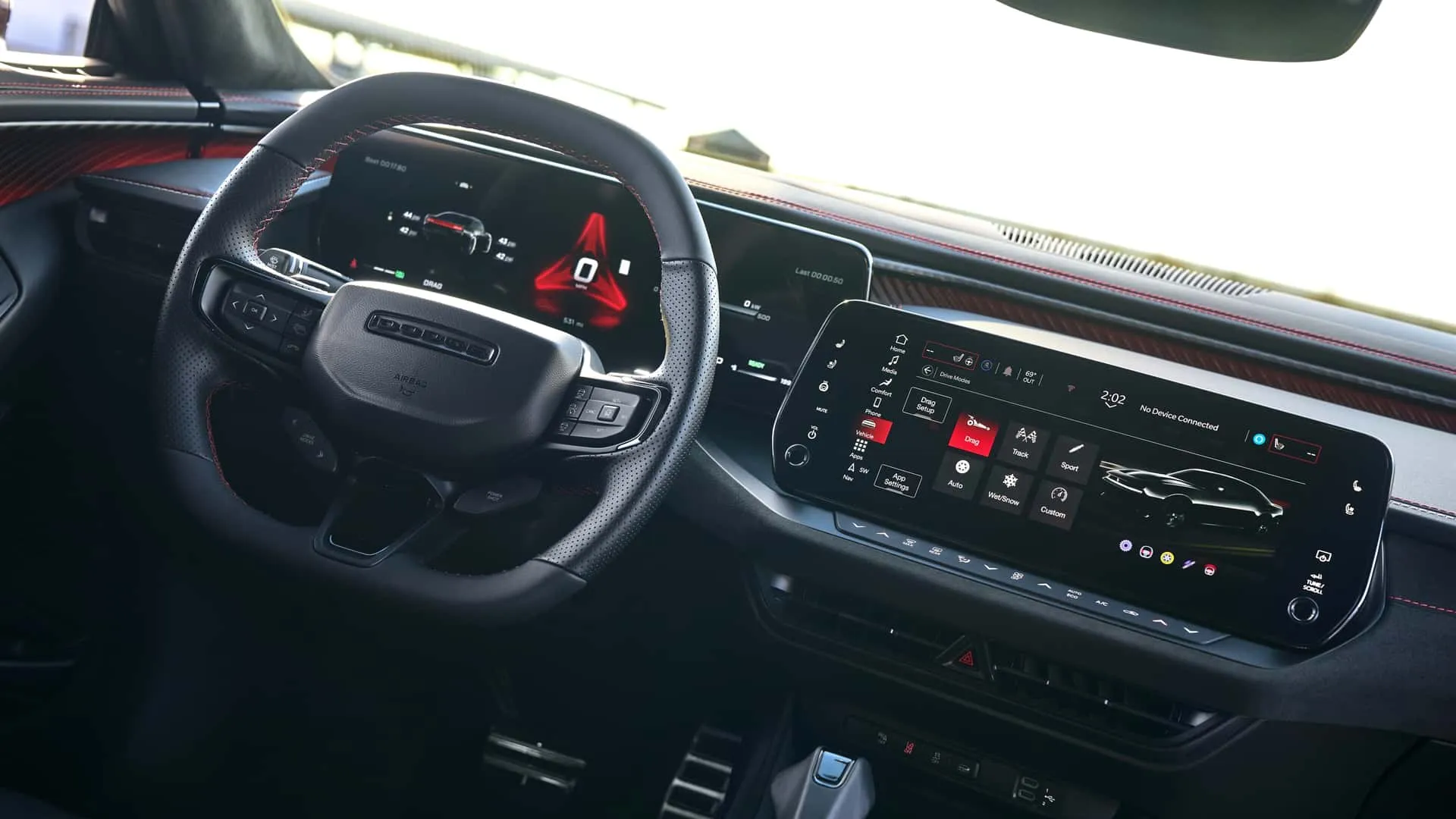
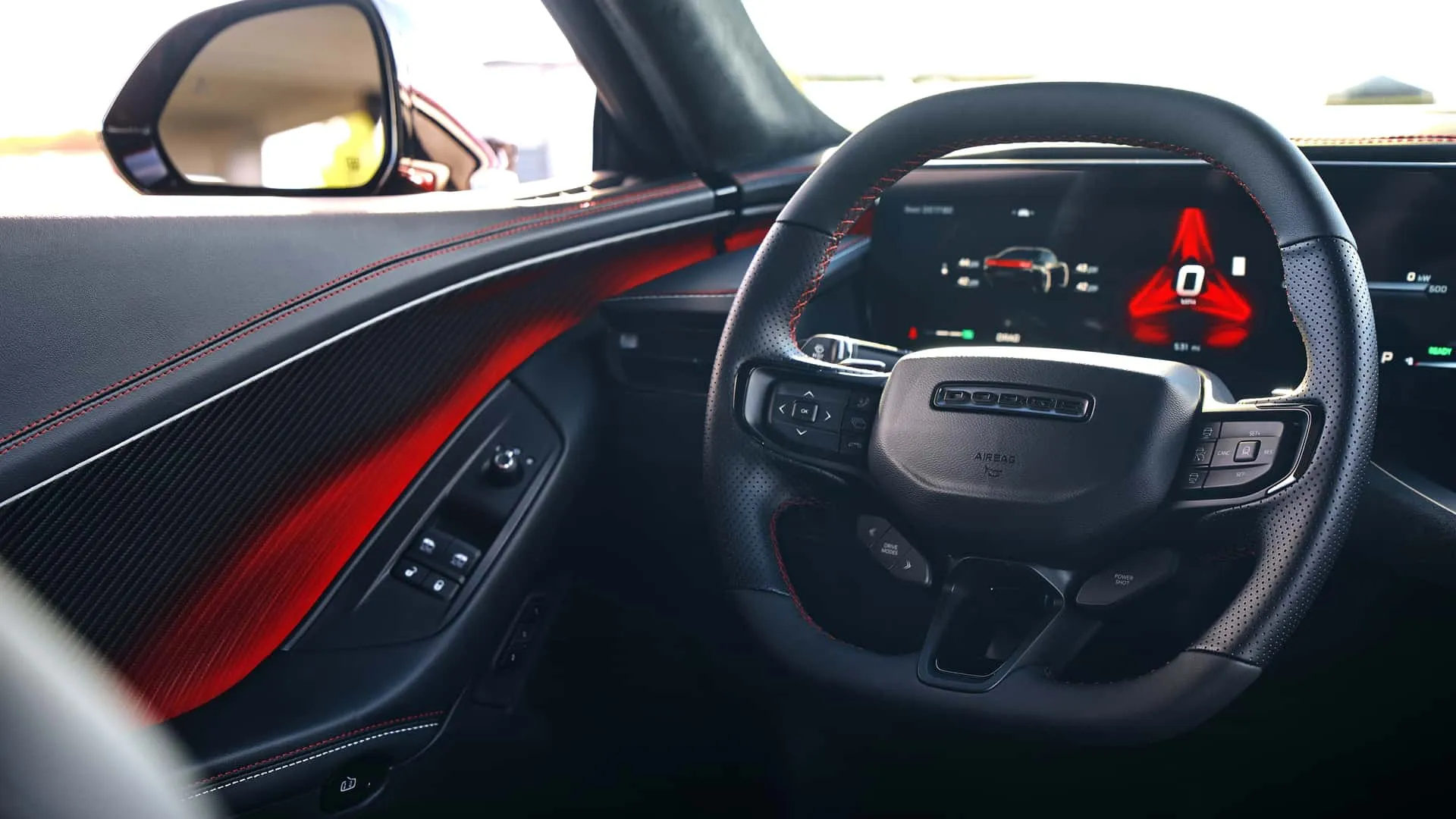
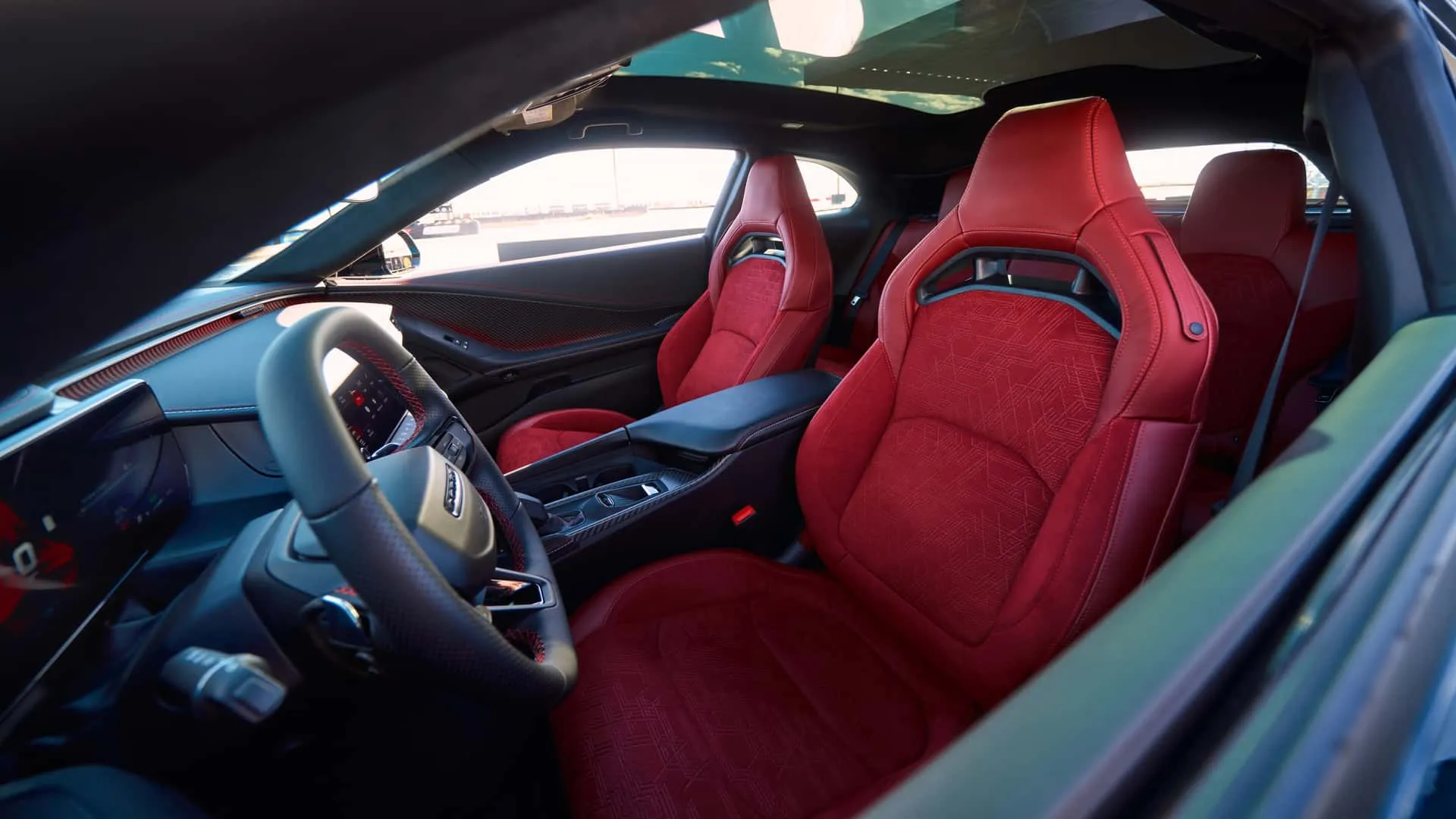

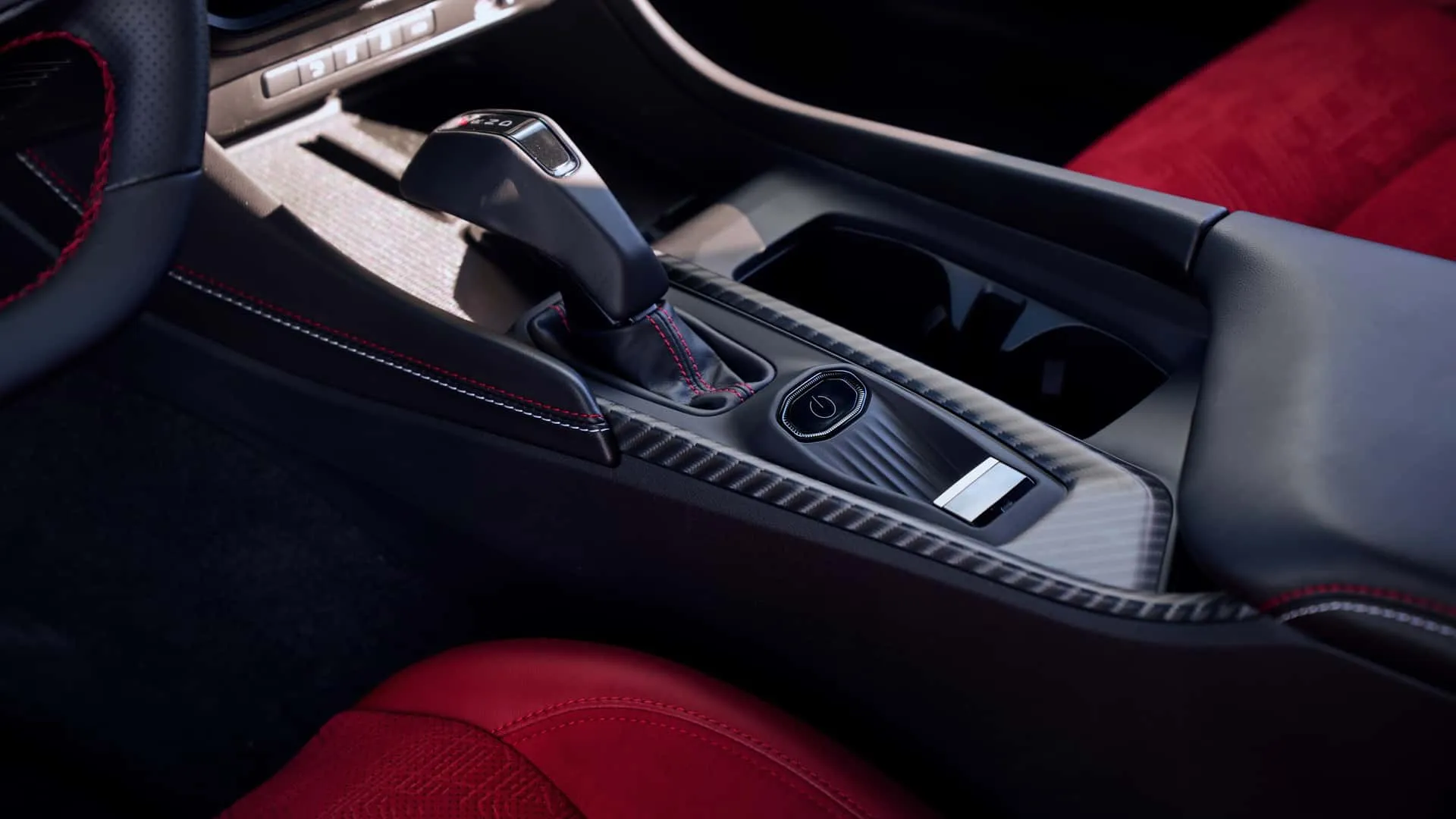
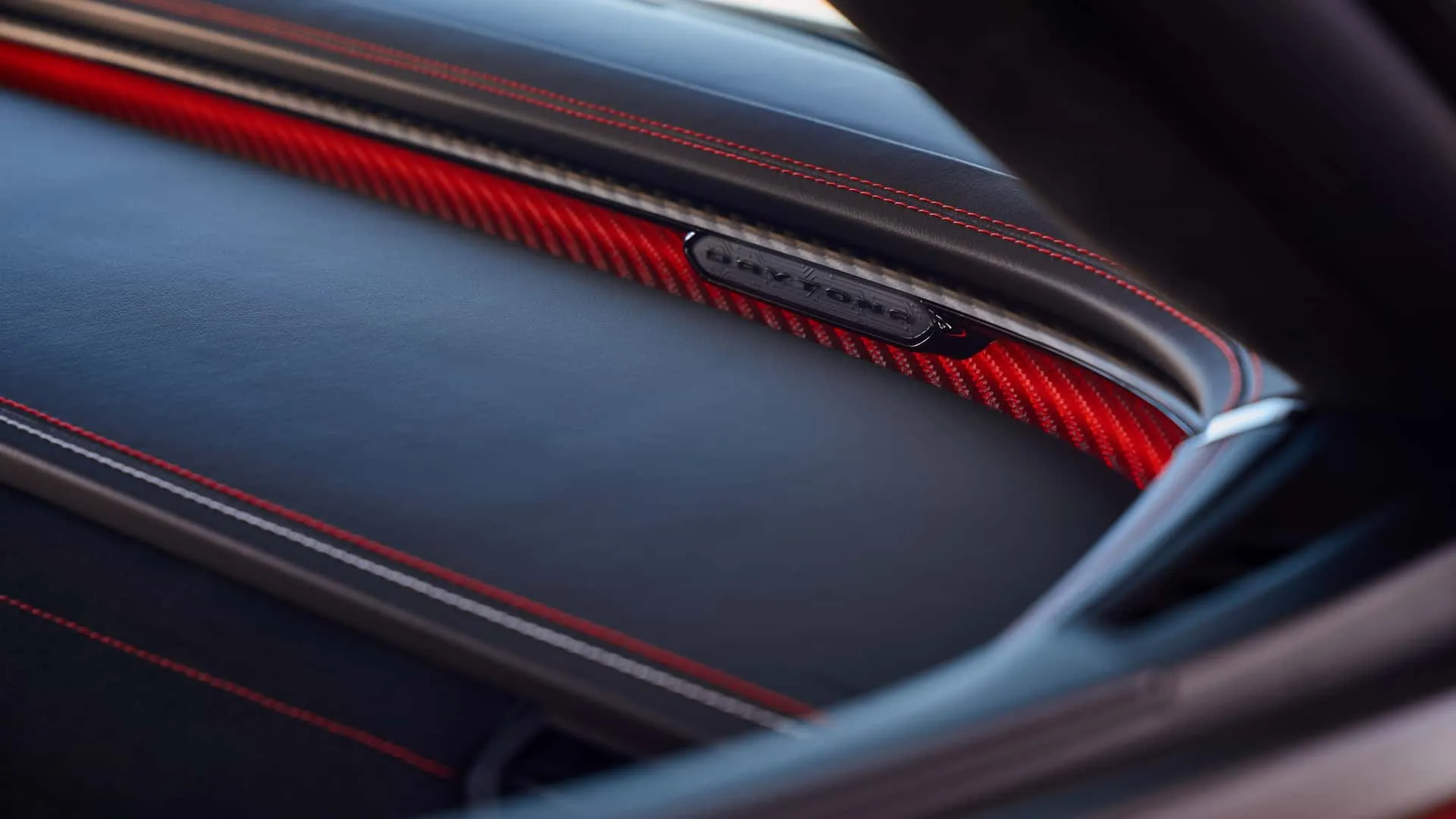
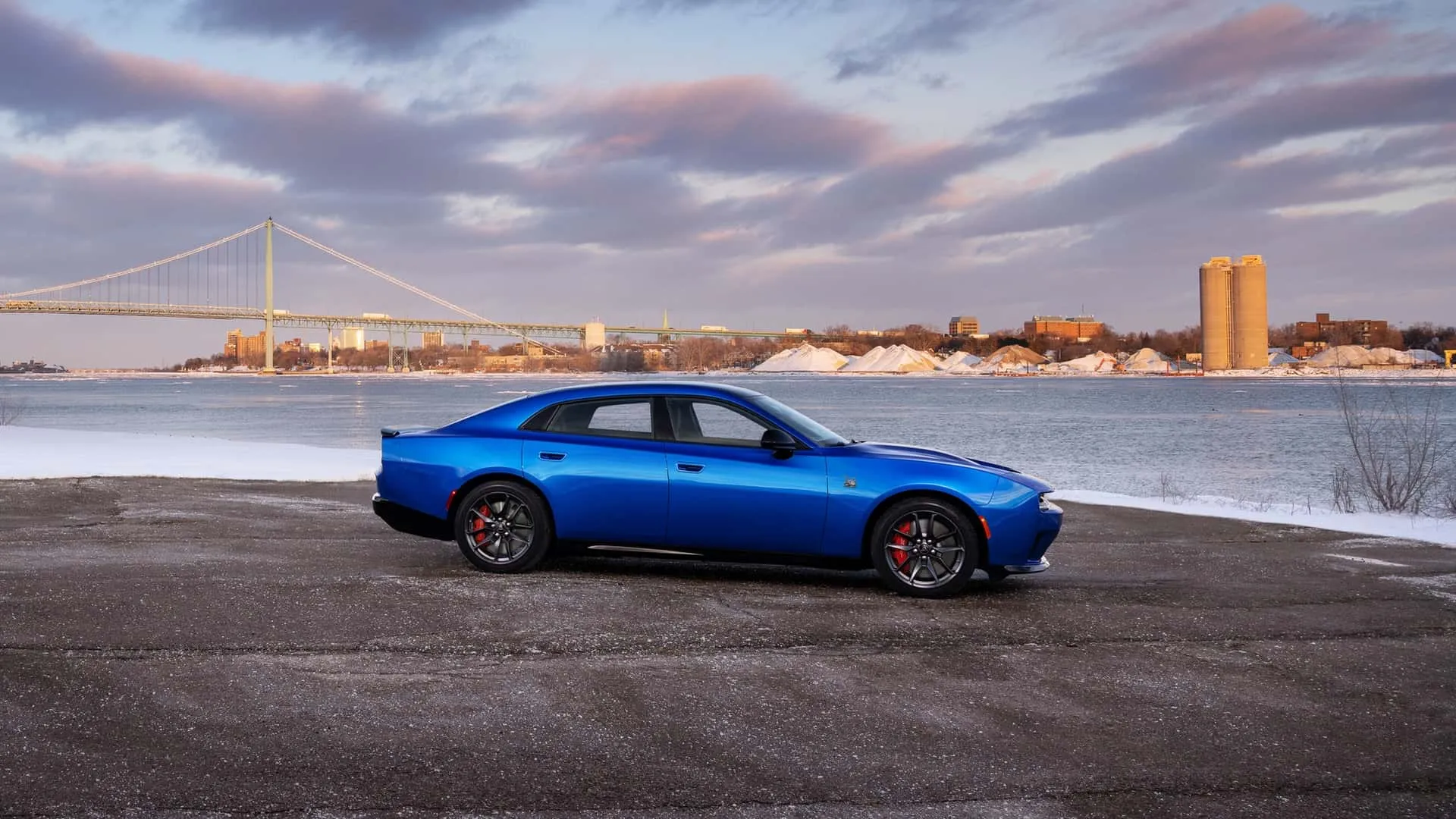
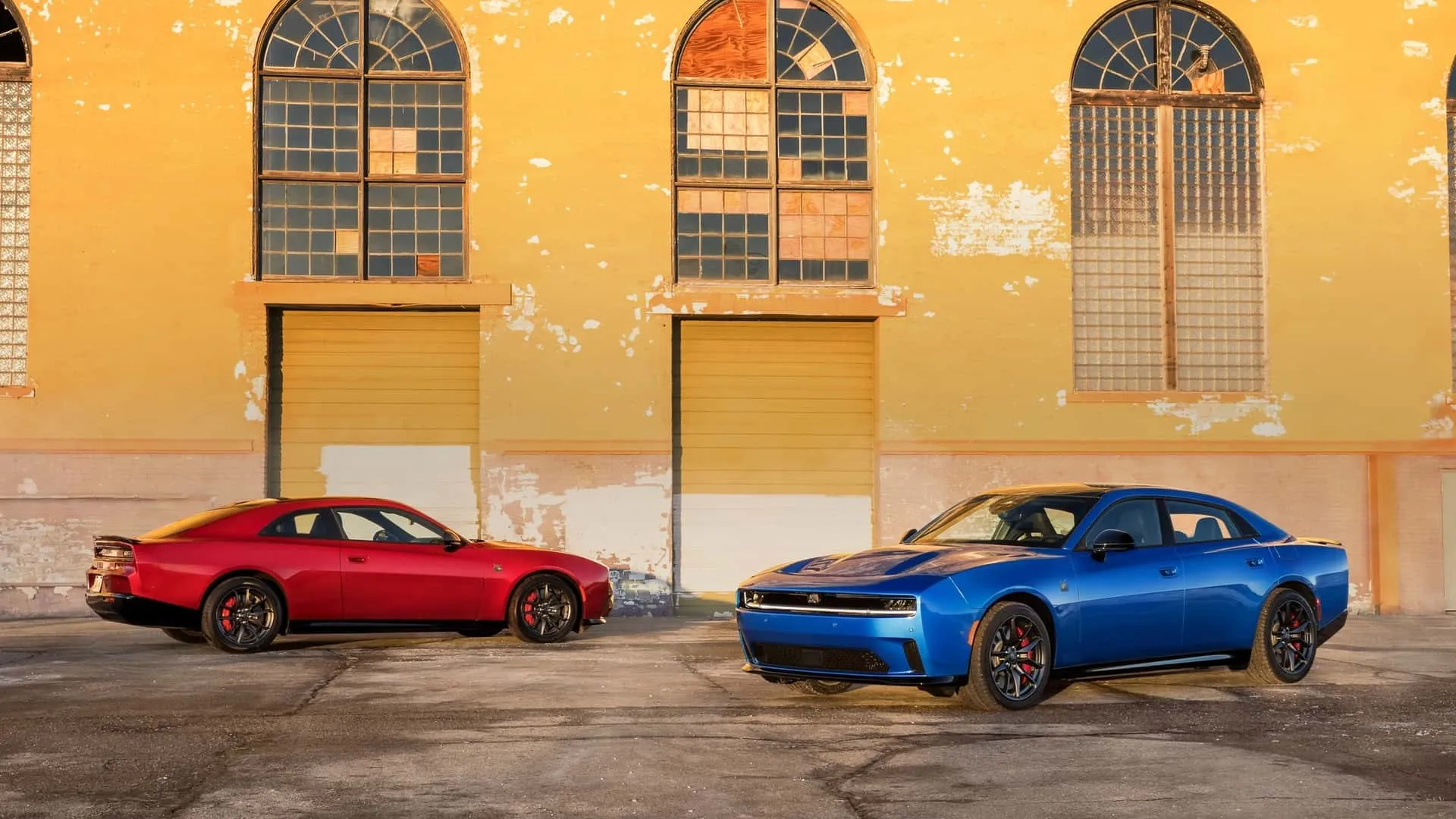
Author: Fabio Isidoro
Founder and editor-in-chief of Canal Carro, he dedicates himself to exploring the automotive universe with depth and passion. A car and technology enthusiast, he produces technical content and in-depth analyses of national and international vehicles, combining quality information with a critical eye for the public.

